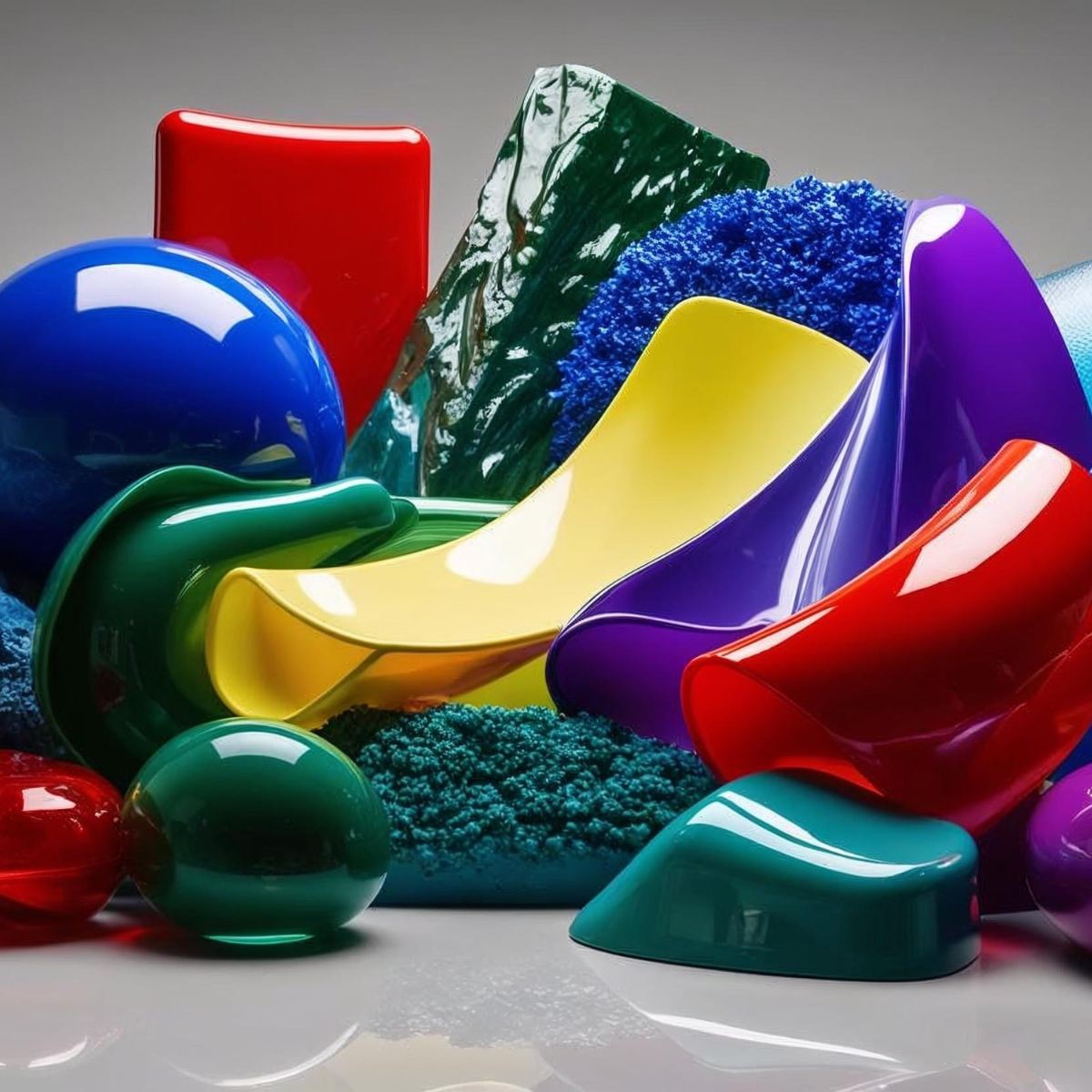Advanced Powder Solutions: High-Performance Blending for Thermoplastics
Thermoplastics are everywhere—from water bottles to the durable frames of eyeglasses—but what gives these materials their strength, versatility, and reliability? The answer lies in precision blending, a crucial step in the manufacturing process.
Advanced Powder Solutions (APS) supports thermoplastics manufacturers by delivering innovative blending technologies that enhance product quality, consistency, and sustainability. APS recently worked with a client in the thermoplastics industry who faced challenges in achieving uniform color distribution and efficient material blending. This blog explores those challenges, the solutions provided, and key takeaways from the process.
Overcoming Blending Challenges
Thermoplastics serve as essential building blocks in modern manufacturing, but their performance depends on achieving a precise and consistent blend of materials. Manufacturers face common hurdles such as:
Material Recovery Issues: Inefficient blending methods often result in low yield, increasing production costs.
Inconsistent Blending: Achieving uniformity across batches is critical but can be difficult with traditional mixers.
Process Inefficiencies: Conventional blenders may struggle to handle diverse materials, requiring frequent reloading and slowing down production.
Efficiency & Sustainability in Blending
As the industry shifts toward more sustainable and efficient processing methods, APS provides advanced solutions that address these concerns:
Minimized Material Waste – APS technology optimizes material recovery, reducing waste and production costs.
Batch-to-Batch Consistency – Precision blending ensures uniform product quality across multiple production cycles.
Versatile Processing – APS equipment accommodates a variety of thermoplastic materials and color formulas, streamlining production.
Materials & Common Applications
APS’s blending technology is designed for thermoplastics such as:
Acrylonitrile Butadiene Styrene (ABS): Found in toys, appliances, mobile devices, and safety gear.
Acrylic (PMMA): A glass substitute used in helmet visors, aquariums, and automotive lighting.
Nylon: Heat-resistant materials for fabrics, ropes, parachutes, and protective gear.
Polyethylene (PE): Used in bottles, apparel, luggage, and vehicle components.
Polypropylene (PP): A durable and cost-effective material widely used in construction.
Polycarbonate: Known for its strength and transparency, used in safety glasses, CDs, and medical devices.
The Role of Blending in Additive Manufacturing
With the increasing complexity of colors, materials, and applications—especially in 3D printing—blending plays a critical role in additive manufacturing. APS’s expertise in advanced blending technologies supports manufacturers as they innovate new products and adapt to evolving industry needs.
Conclusion
Advanced Powder Solutions empowers manufacturers to produce high-performance thermoplastic products with precision, efficiency, and sustainability in mind. By addressing key blending challenges, APS helps clients achieve superior results while reducing environmental impact.
Discover how APS can optimize your blending processes and improve product consistency. Contact us today to explore tailored solutions for your manufacturing needs.
